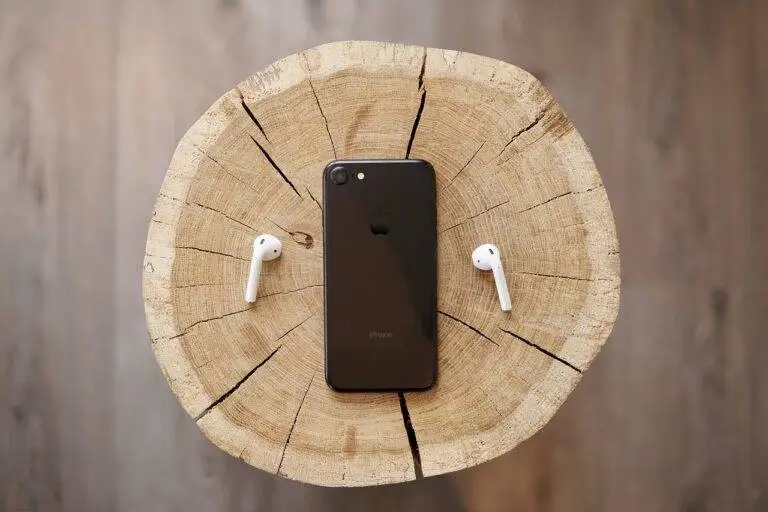How Technology Is Transforming Healthcare Delivery
Telemedicine has revolutionized the way healthcare is delivered by bridging the gap between patients and healthcare providers. Through the use of technology, patients can now access medical consultations and treatment remotely, eliminating the barriers of distance and time. This convenience not only increases access to healthcare services but also allows for prompt intervention in emergencies, saving valuable time and potentially lives.
Moreover, telemedicine has been particularly beneficial in rural and underserved areas where access to healthcare facilities is limited. Patients in these regions can now receive quality medical care without the need to travel long distances, reducing the burden on both patients and healthcare systems. Additionally, telemedicine has shown promise in improving healthcare outcomes by facilitating continuous monitoring and timely follow-ups, leading to better management of chronic conditions and overall patient well-being.
Enhanced Patient Monitoring Systems
Patient monitoring systems have revolutionized the way healthcare providers track and manage their patients’ vital signs in real-time. These systems enable constant monitoring of important parameters such as heart rate, blood pressure, oxygen levels, and more, allowing healthcare professionals to promptly intervene in case of any abnormalities. By offering continuous surveillance, patient monitoring systems help in the early detection of potential health issues, leading to timely interventions and improved patient outcomes.
Moreover, these systems provide a more comprehensive and accurate picture of a patient’s health status, enabling healthcare providers to make well-informed decisions regarding their care plans. With the ability to track trends and changes in vital signs over time, medical professionals can customize treatment strategies to suit individual patient needs better. This personalized approach not only enhances the quality of care but also promotes patient safety and overall satisfaction with the healthcare services provided.
• Patient monitoring systems enable constant monitoring of vital signs such as heart rate, blood pressure, and oxygen levels
• Early detection of potential health issues leads to timely interventions and improved patient outcomes
• Provides a comprehensive and accurate picture of a patient’s health status for well-informed decision-making by healthcare providers
• Ability to track trends and changes in vital signs over time allows for customized treatment strategies tailored to individual patient needs
Improving Access to Healthcare Services
Telemedicine has revolutionized the way patients access healthcare services, especially in remote or underserved areas. Through virtual consultations and telehealth platforms, individuals can now receive medical advice and treatment without the need to travel long distances to see a healthcare provider in person. This advancement has significantly improved access to healthcare services for many, reducing barriers related to geographical location and enabling individuals to seek medical help promptly.
Furthermore, the integration of enhanced patient monitoring systems has played a vital role in enhancing access to healthcare services. These systems enable healthcare professionals to remotely monitor patients’ vital signs, track medication adherence, and detect any concerning trends in real-time. By utilizing these technologies, healthcare providers can provide proactive and personalized care to patients, offering timely interventions and preventing potential health complications.
What is telemedicine?
Telemedicine is the use of technology, such as video conferencing, to provide healthcare services remotely.
How does telemedicine improve access to healthcare services?
Telemedicine allows patients to consult with healthcare providers without having to travel long distances, making healthcare more accessible to those in remote or rural areas.
What are enhanced patient monitoring systems?
Enhanced patient monitoring systems use technology to track and monitor patients’ health remotely, allowing for early detection of potential issues.
How do enhanced patient monitoring systems benefit patients?
Enhanced patient monitoring systems can help patients manage chronic conditions, provide real-time feedback on their health, and reduce the need for frequent in-person appointments.
How can healthcare providers improve access to healthcare services?
Healthcare providers can improve access to healthcare services by utilizing telemedicine, implementing enhanced patient monitoring systems, and offering virtual appointments for follow-ups and consultations.





